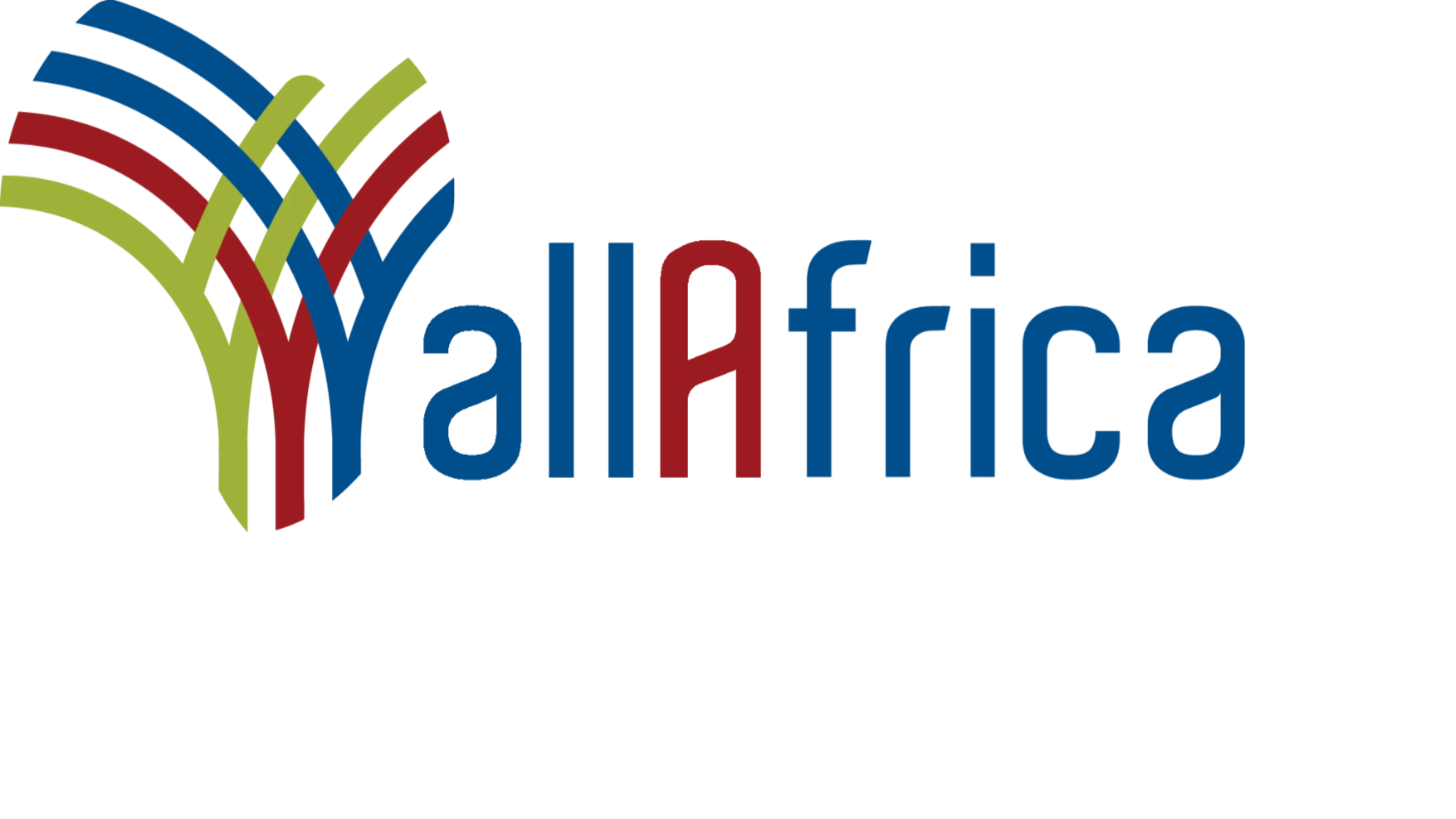Fish is a popular delicacy in Ghana; it is consumed by many households and individuals in the country. It constitutes about 60% of animal protein in Ghanaian diets. Fish available in Ghana mainly consists of 47% harvested fish, 18% imports, 3% farmed fish and 32% deficit. Due to the annual deficit of over half a million tonnes of fish and fishery products and high demand for fish. Ghana government has started to stimulate local fish farming, projecting to increase the fish production from 10,000 MT in 2010 (FA0) to 100, 000 ton in 2016.
Although there are hundreds of pond-fish farmers in Ghana, most of them are in tilapia production, even with that, they contribute less than 10 per cent of the country’s total annual aquaculture produce. The bulk of Ghana’s 50,000-tonne yearly yield is contributed by a handful of cage farmers based along Lake Volta. Pond farmers complain about the high cost of commercial feed, and try to get around this problem by using self-compounded, non-extruded feed from commonly available materials.
Our country has a fertile condition for aquaculture: our climate has quite a good position for raising Tilapia, with our good water quantity and quality, abundant labour force and adequate agricultural resources to supply a large fish feed industry in the country.
With policy support from the government, Ghanaian aquaculture is experiencing rapid development. Tilapia is the most favoured fish species, widely applied in farming, market and consumption. Let’s take a look at Tilapia as an example to see the aquaculture production in Ghana.
Join our WhatsApp Channel for more news
Tilapia price in Ghana is around $2.50 to $3.0 per kilo, which is comparatively high. There are several Tilapia farming types in Ghana: ponds/tanks, dams/dugout/reservoirs, and cages. The major Tilapia farming type is cage culture which is the practice of rearing fish in cages, widely applied in existing bodies of water including lakes, large reservoirs, farm ponds, rivers, estuaries, and coastal embayment. Cage farming of Tilapia mainly locates in Lake Volta, and from data available one can see that cage farming has increased quickly from average annual growth of around 70% and contributes nearly 90% of the total production from aquaculture.
FISH FEEDING
Feeding fish during culture aims at producing the maximum weight of marketable fish within the shortest time to make the farming profitable. The feed diet can provide the energy for movement and all other activities the fish involved in, and all the nutrients in the right proportions to achieve growth. The nutrients needed by fish include carbohydrates, fats, protein, vitamins and minerals. Other components of feed are fibre and moisture.
Generally, fish feed consists of pelleted feed (sinking pellet feed) and extruded feed (sinking and floating pellet feed). Floating feeds allow observation of the feeding response and are effectively retained by a feeding ring. Since it takes about 24 hours for high quality floating pellets to disintegrate, fish may be fed once daily in the proper amount, but twice-daily feedings are better. Sinking pellets disintegrate quickly in water and have a greater tendency to be swept through the cage sides.
FISH FEED IN GHANA
Fish feed can be obtained in two ways; there’s locally produced feed and the imported feed. However, feed sourced locally is almost always of bad quality as most of them are not extruded. On the other hand, imported feed is about 30% more expensive than its local counterpart, which doesn’t make importation the quite fix. On average, Fish feed comprises about 70% of the total cost of Tilapia farming in Ghana.
Fish feed is a core part of aquaculture and the availability of high-quality fish feeds is one of the major bottlenecks aquaculture development in the country. Therefore, it is imperative to produce extruded local fish feed.
FISH FARMING POTENTIAL
Though cultured fish is developing quickly, it still constitutes less of domestic fish production. There are constraints to aquaculture in Ghana: the lack of fish feed, lack of fingerlings, lack of inadequate funds and lack of restricted knowledge. Regardless, there are several agencies and agro consultancy firms offering farmers top fish feed extruders and capacity building knowledge.
The Ghana government ban on imported frozen Tilapia to stimulate local fish farming and embark on a highly ambitious National Aquaculture Development Plan (GNADP). This has created a large number of business opportunities existing in Ghana fish farming, which accelerating the extruded fish feed production.
